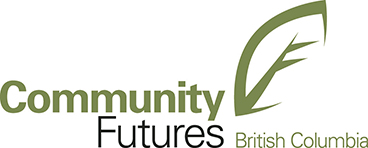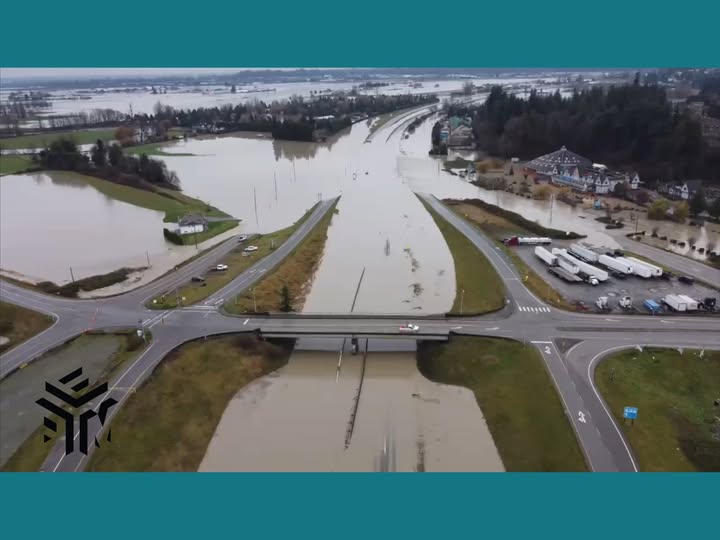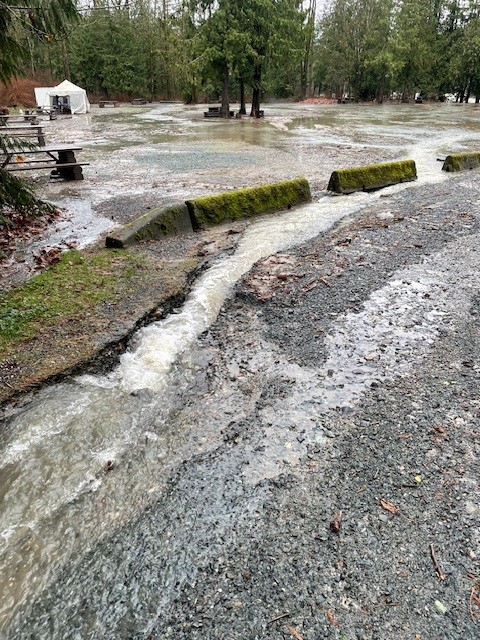Cheam / Pelólxw Territory Rosedale – Thousands of juvenile salmon were killed by a toxic spill in the Hope Slough waterway yesterday. Cheam and Sqwá First Nations have been doing work to restore this sacred waterway within their territory. The Hope Slough has special meaning to Indigenous people. It has many ancient village sites along it and has sustained First Nations people for thousands of years. Once a healthy waterway home to many species of salmon, other fish and wildlife, this waterway has deteriorated over the years due to the accumulation of resource development impacts.
Chief Darwin Douglas of Cheam First Nation states “Water is our most sacred resource. All life depends on it. We must protect our sacred water resources, and wherever possible work to restore the health of our waterways. Indigenous people have Inherent Title and Rights to water within our territories, and more importantly, we have an inherent responsibility to protect water”
Cheam staff Roxanna, Sqwá Councillor Eddie Gardner and Lands Manager Anna-lise Cooke discovered the devasting pollution and fish kill yesterday September 23, on a routine visit to Hope Slough waterway where they were conducting water sampling. This heartbreaking scene was discovered and quickly the First Nations team acted to identify the source of the contamination. Emergency response was activated in an attempt to contain the toxic spill. These activities have been taking place throughout the night. The source of contamination is still yet to be determined but may be related to agriculture and farming activities in the Hope Slough area. Work is continuing to identify the problem that continues to kill fish and potentially wildlife in the area.
We believe that the dumped toxic waste caused a sudden drop in oxygen spanning kilometers. Oxygen was so low that all of the fish have died including the endangered species salish sucker, trout, and juvenile coho. This happened weeks before the migration of chum, chinook, & coho past this area to spawn. A year of juveniles are now gone. Cheam First Nation will continue the testing until we find the source.









